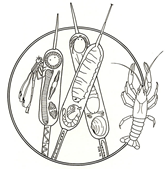Research Projects
list of publications
Research Interests
Ecology and Freshwater Macroinvertebrates and Algae, particularly those inhabiting streams
Research is focused in two major areas: (1) the effects of disturbance on benthic stream organisms and (2) surveys of aquatic habitats and animals in Oklahoma.
Land Snail Ecology and Conservation
Research encompasses distribution, behavior, and food-web ecology of native and non-native snails.
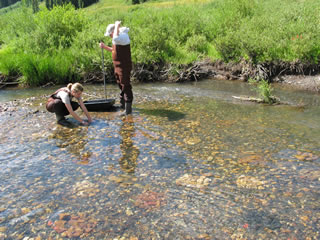 These projects are a combination of basic and applied research. The applied research is mostly in conjunction with my duties at the Oklahoma Biological Survey, where my niche is in the Oklahoma Natural Heritage Inventory (which keeps track of rare species of plants and animals in the state).
These projects are a combination of basic and applied research. The applied research is mostly in conjunction with my duties at the Oklahoma Biological Survey, where my niche is in the Oklahoma Natural Heritage Inventory (which keeps track of rare species of plants and animals in the state).
I have experience working in streams and rivers, wetlands, and reservoirs, and in documenting the impacts of dams, power plants, mining, and paper mills. My research methods include field surveys, in situ field experiments, and mesocosm experiments
My students follow their own interests. Students also contribute to my research projects as Undergraduate or Graduate Research Assistants.
On-going research projects include:
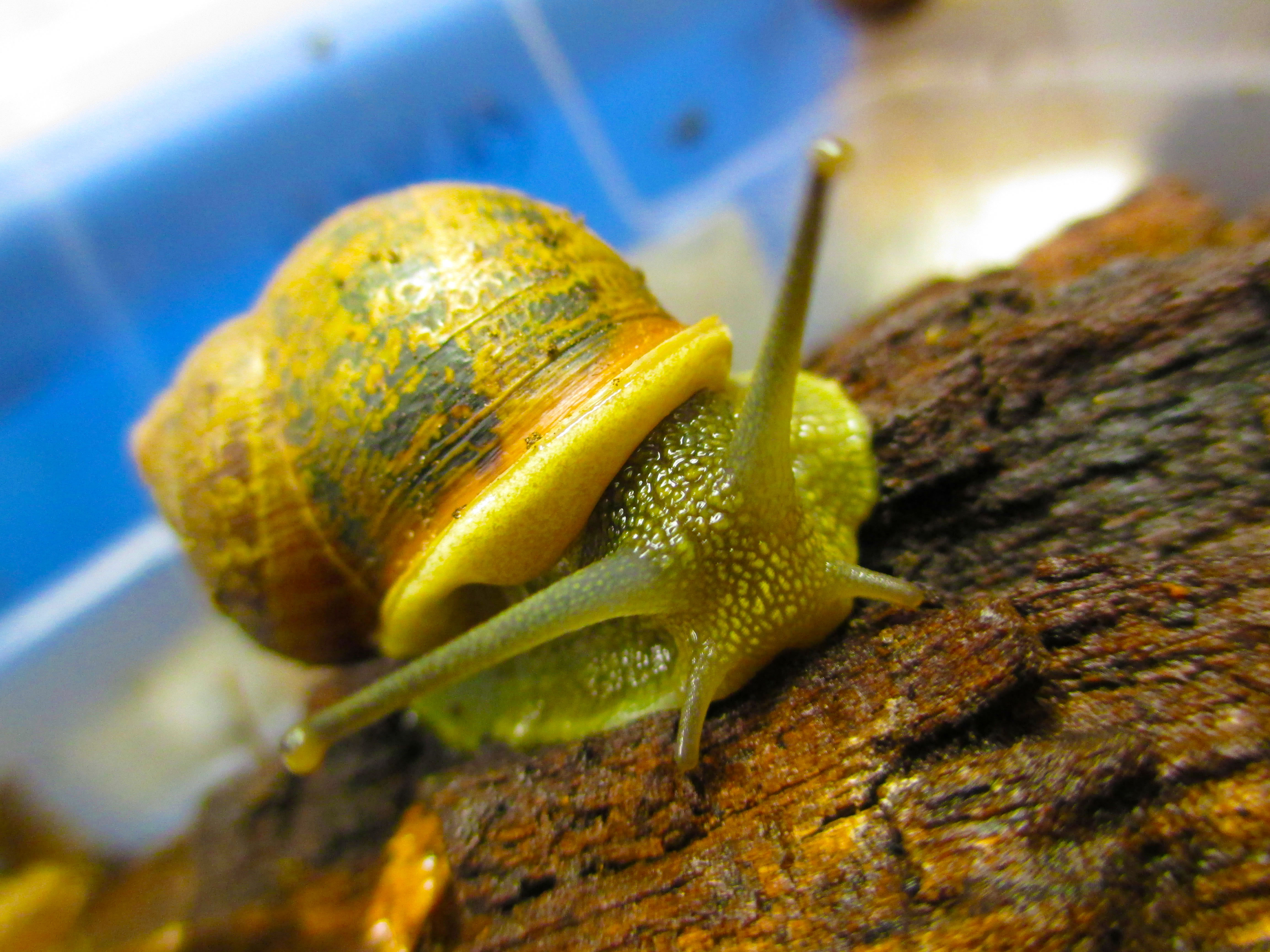 Land Snail Ecology. Current research includes the effects of wildfires and controlled burns on land snails, the horticultural trade as a mechanism of (non-native) snail movement, and dietary impact and overlap of co-occurring species. Both undergraduate and graduate students are welcome in this field.
Land Snail Ecology. Current research includes the effects of wildfires and controlled burns on land snails, the horticultural trade as a mechanism of (non-native) snail movement, and dietary impact and overlap of co-occurring species. Both undergraduate and graduate students are welcome in this field.
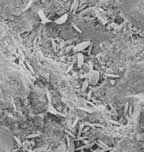
A Micro-World Revealed: Crevices as refuges. To the smaller invertebrates and algae living in streams, the uneven surfaces of stones and submerged wood are like rolling hills, ravines, and caves on land. Rather than places to hide from wind and rain, these small crevices provide protection from fast current (especially during storms), tumbling stream stones, and roving predators and grazers. This project has been funded by NSF, Oklahoma EPSCoR, and an OU College of Arts and Sciences summer fellowship. More...
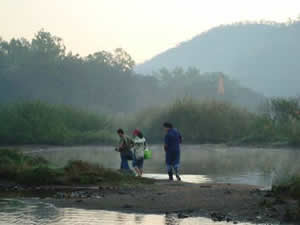 Response to Aerial Exposure. Falling flood waters, changing water flows below power-production reservoirs, and periodic extraction of water for irrigation can all strand invertebrates and algae on the banks. Along with colleagues in Thailand, I am looking at how well algae survive short periods of aerial exposure and the behavior of invertebrates upon aerial exposure. This project has been funded by NSF, Oklahoma EPSCoR, and the Fulbright Foundation.
Response to Aerial Exposure. Falling flood waters, changing water flows below power-production reservoirs, and periodic extraction of water for irrigation can all strand invertebrates and algae on the banks. Along with colleagues in Thailand, I am looking at how well algae survive short periods of aerial exposure and the behavior of invertebrates upon aerial exposure. This project has been funded by NSF, Oklahoma EPSCoR, and the Fulbright Foundation.
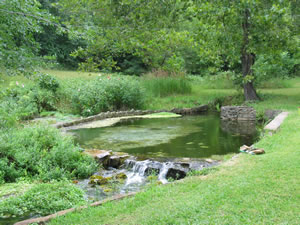 Springs of Oklahoma. Although often considered a dry state, there are hundreds of springs and seeps in Oklahoma. We have surveyed more than 100 springs, with the goals of searching for rare aquatic fauna, identifying springs with conservation value, and analyzing the factors affecting the distribution of spring biota. This project has received funding from the Oklahoma Water Resources Research Insitute, the Oklahoma Department of Wildlife Conservation, and the Oklahoma Biological Survey.
Springs of Oklahoma. Although often considered a dry state, there are hundreds of springs and seeps in Oklahoma. We have surveyed more than 100 springs, with the goals of searching for rare aquatic fauna, identifying springs with conservation value, and analyzing the factors affecting the distribution of spring biota. This project has received funding from the Oklahoma Water Resources Research Insitute, the Oklahoma Department of Wildlife Conservation, and the Oklahoma Biological Survey.
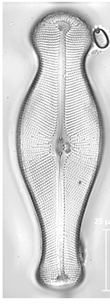 Diatoms of Oklahoma. Diatoms are very small and very amazing one-celled algae. They have ornamented glass cell walls, produce and store oil, and many can glide. The Oklahoma flora is not well known and we are concentrating on specialized habitats, such as rock pools and springs. Most of this work is being done by Josh Cooper. We are also monitoring a population of Didymosphenia geminata (an invasive diatom).
Diatoms of Oklahoma. Diatoms are very small and very amazing one-celled algae. They have ornamented glass cell walls, produce and store oil, and many can glide. The Oklahoma flora is not well known and we are concentrating on specialized habitats, such as rock pools and springs. Most of this work is being done by Josh Cooper. We are also monitoring a population of Didymosphenia geminata (an invasive diatom).
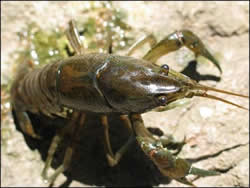
Faunal surveys of targeted groups or specific sites including crayfish, snails, and bumblebees.
Student research
See people page
